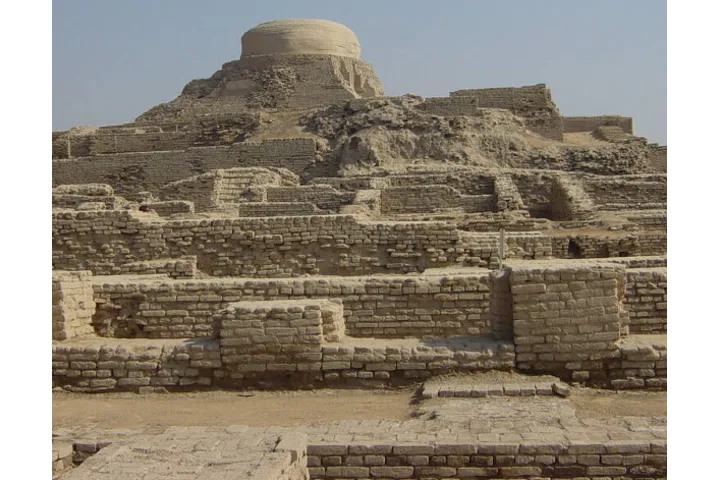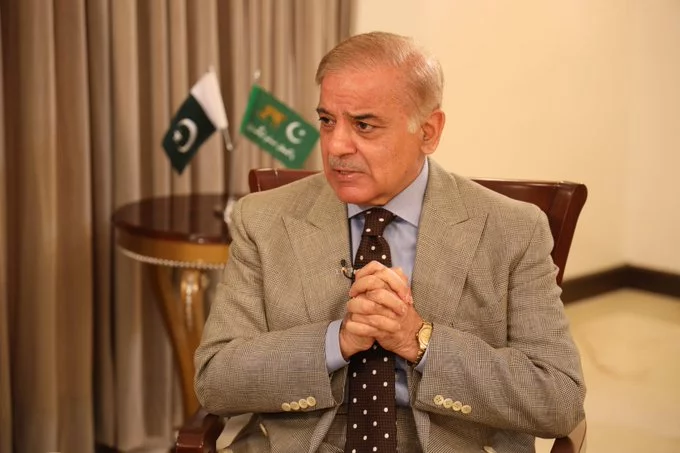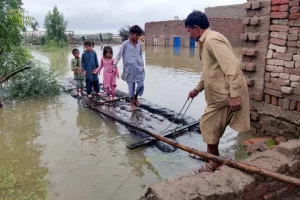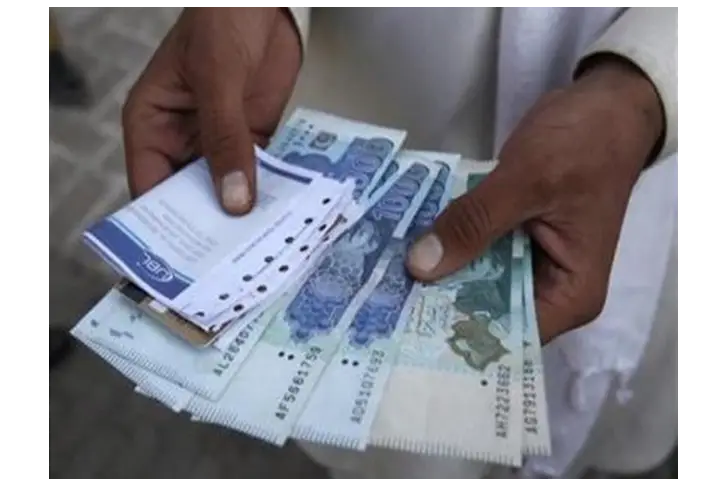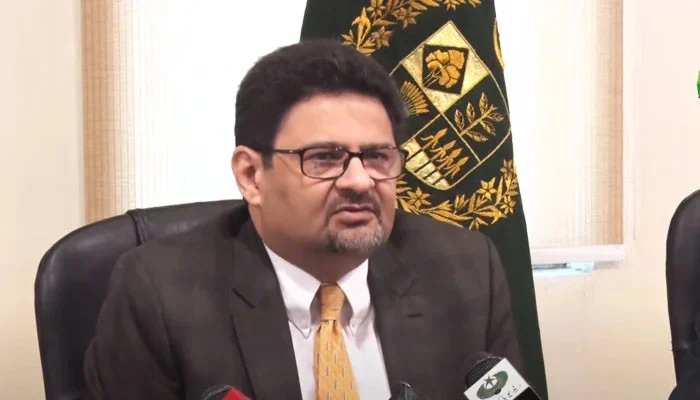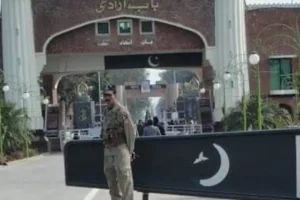Pakistan is now moving to salvage the 4,500-year-old Mohenjo Daro, after devastating floods damaged the world heritage site. The likely visit to the Indus Valley civilization site by the UN Secretary General Antonio Guterres on September 11, has imparted to urgency to restore the UNESCO protected site.
The government has banned the entry of tourists to Mohenjo Daro in a bid to conserve it.
Pakistani newspaper Dawn reported that Pakistan’s Department of Archaeology warned the government that Mohenjo Daro might be dropped from the world heritage list, if it is not urgently protected from the devastating rains.
Landlords inserted pipes & given cuts to canals & roads to release water into Mohenjo Daro’s channel. It is sheer negligence on the part of irrigation, roads & forest departments, the rainwater from nearby agriculture lands had filled disposal channel, the site has faced damage. pic.twitter.com/a7ZBsFFdIo
— Mir Saarang Soomro (@SaarangSoomro) September 4, 2022
UN Secretary General Antonio Guterres is expected to visit Mohenjo Daro once he arrives in Pakistan on a three-day visit on September 9 to assess the situation caused by the worst-ever floods. He is likely to visit the historical site on September 11, says The Nation.
Dawn had said on Monday that heavy rains from August 16-26 resulted in considerable damage to the site and the “partial falling of several walls, including the protection wall of the stupa dome”. Besides the rains, the historical site also faced man-made damage. Local landlords and farmers had inserted pipes and breached “canals and roads to release water into Mohenjo Daro’s channel”.
The Pakistani media had reported widely that the Sindh government had overlooked the protection of the heritage site during the rains.
The nearly 4,500-year-old site that lies on the banks of the river Indus in Sindh is considered to be one of the oldest cities of the world. It is one part of the two Indus Valley Civilisation sites which lie in Pakistan–the other being Harappa in Punjab.
Highlighting the importance of the world heritage site, UNESCO says: “Archaeological Ruins at Moenjodaro are the best preserved urban settlement in South Asia dating back to the beginning of the 3rd millennium BC, and exercised a considerable influence on the subsequent development of urbanization”.
UNESCO also says that the archaeological ruins, “…represents the metropolis of Indus civilization, which flourished between 2,500-1,500 BC in the Indus valley and is one of the world’s three great ancient civilizations”.
The UNESCO website adds: “The well planned city mostly built with baked bricks and having public baths; a college of priests; an elaborate drainage system; wells, soak pits for disposal of sewage, and a large granary, bears testimony that it was a metropolis of great importance, enjoying a well-organized civic, economic, social and cultural system”.
After the Partition of India, the numerous sites of the Indus Valley Civilisation lie scattered across the Indian subcontinent, between Afghanistan, Pakistan and India.
Pakistan, which was carved out of India in 1947 as a separate homeland for Muslims, shares an uneasy history with its ancient past. Its influential generals and politicians have uncomfortably grappled with and sought to play down the pre-Islamic history of the country. The country has attempted to portray the Indus Valley Civilisation as non-Hindu with emphasis that both cities Harappa and Mohenjo Daro were non-Hindu—a thought that brings solace to Pakistan about its historical moorings and acceptance of its identity in global geo-politics.
Also Read: Sindh nationalists to commemorate death anniversary of Raja Dahir – the last Hindu ruler of Sindh
Pakistan demolishes Hanuman temple, Hindu homes in Lyari, Karachi






